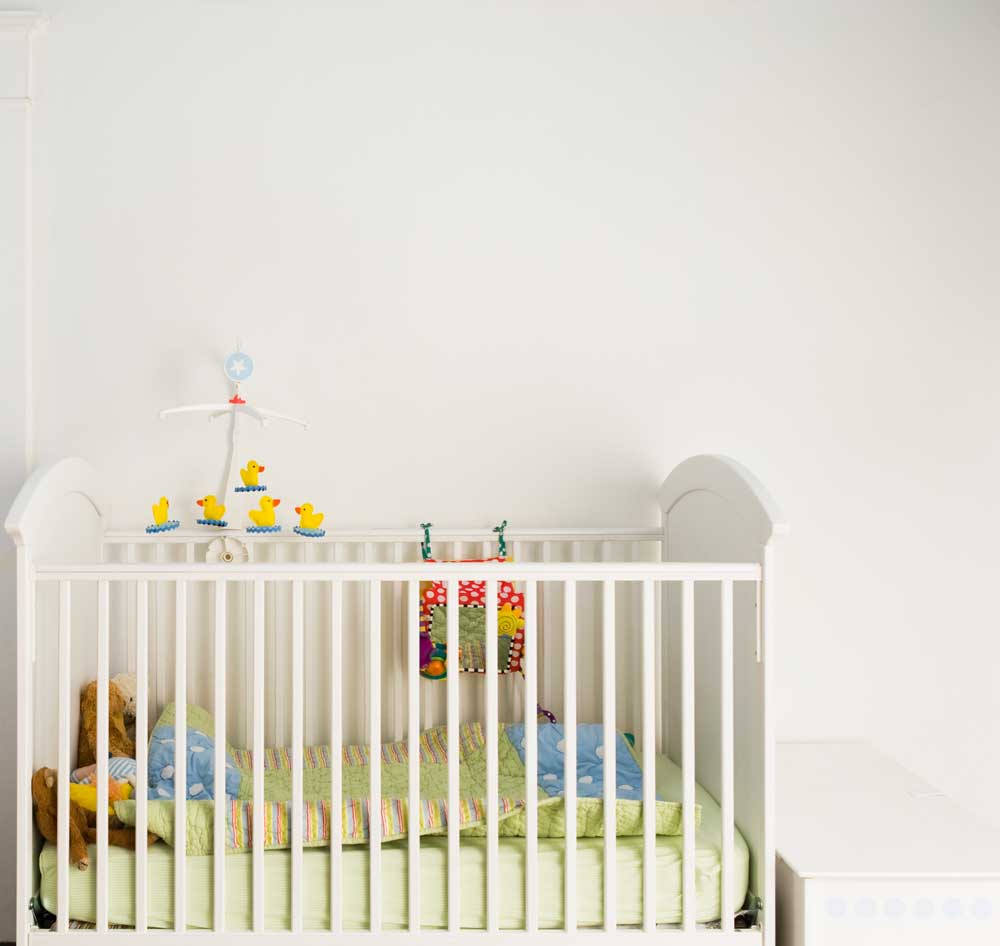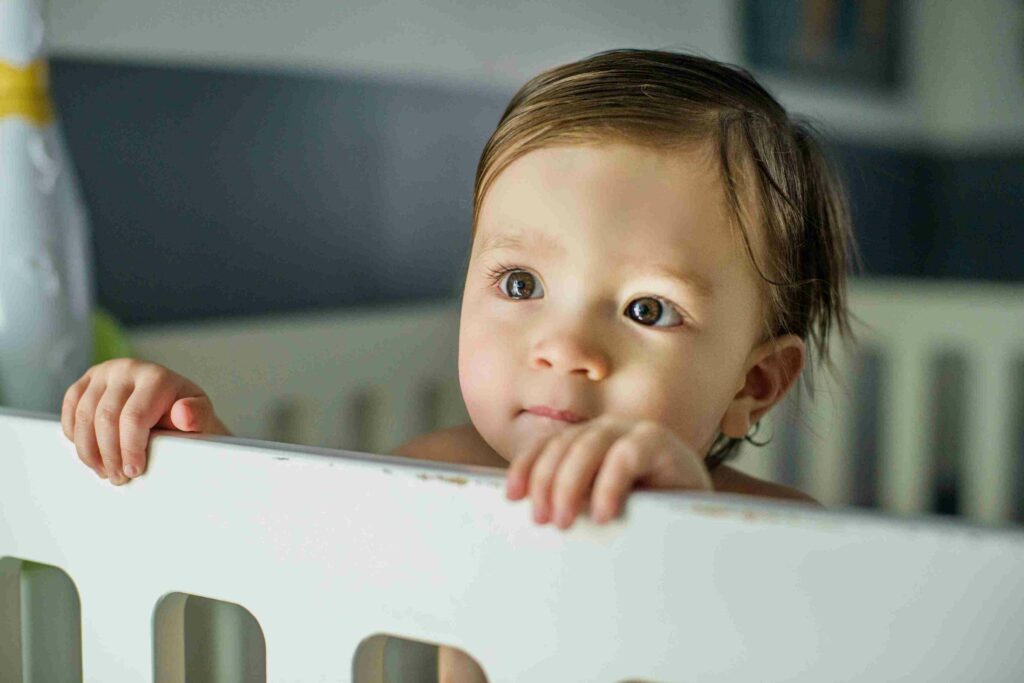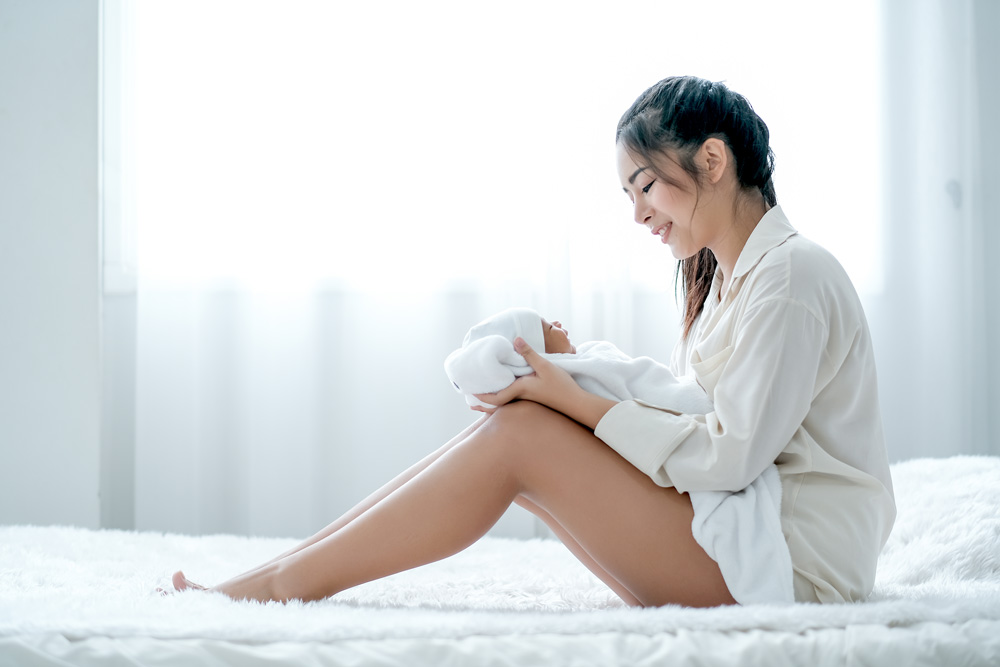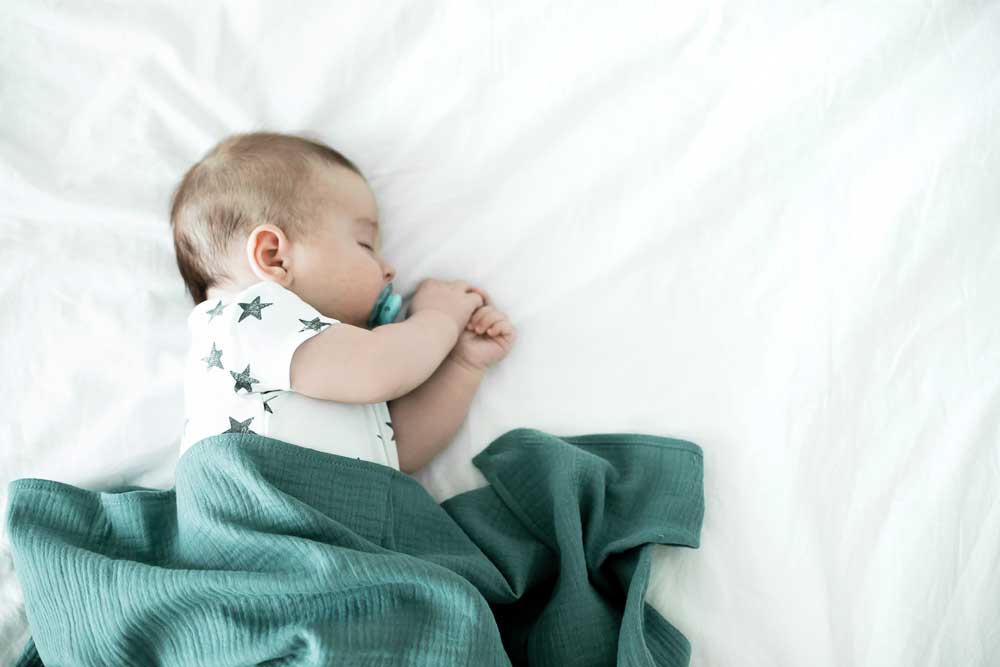
Safety First: Baby Crib Safety Guidelines for New Parents
When it comes to setting up a nursery for a new baby, safety should always be the top priority. One of the most important items in the nursery is the baby crib. A safe and secure crib is essential for the baby’s well-being and can give parents peace of mind.
In this article, we will explore baby crib safety guidelines for new parents to ensure that their baby’s crib is a safe and comfortable place to sleep.
Choosing a Safe Baby Crib
When choosing a baby crib, there are several factors to consider to ensure that the crib is safe for the baby. Here are some key considerations:
Construction and Materials
Choose a crib that is made from high-quality materials and has a sturdy construction. Avoid cribs made from particleboard or other low-quality materials that may contain harmful chemicals.
The crib should be able to withstand the weight of the baby and should not wobble or shake when the baby moves around in the crib.
High quality and sustainable rubberwood is recommended to warrant longevity. Also known as Asian Oak, rubberwood is considered ideal because of its durability, resilience, toughness, and strength.
Slats and Spacing
The slats on the crib should adhere to BS EN regulations to prevent the baby’s head from getting stuck between them. Also, the crib should not have any decorative cutouts or designs that can trap the baby’s head or limbs.
Mattress Support
Choose a crib with a sturdy mattress. The mattress should fit snugly in the crib and should not be able to move around or slip through any gaps. Additionally, it’s important to adjust the mattress support as the baby grows.
Age and Weight Limits
Follow the age and weight limits set by the manufacturer. Cribs are designed to be used up to a certain age or weight limit, and using the crib beyond these limits can compromise the safety of the crib.
Setting Up the Baby Crib
Once you’ve chosen a safe baby crib, it’s important to set it up properly to ensure that it is safe for the baby. Here are some guidelines for setting up the baby crib:
Assembly
Follow the manufacturer’s instructions carefully when assembling the crib. Improper assembly can compromise the safety of the crib and put the baby at risk. Make sure that all screws and bolts are tightened securely and that the crib is stable and sturdy.
For instance, our comprehensive support extends beyond just including assembly manuals in our crib packages. You can also discover step-by-step crib assembly tutorials on our dedicated YouTube channel.
Location
Choose a safe location for the crib. The crib should be placed away from windows, blinds, curtains, and other cords that can pose a strangulation hazard. Additionally, the crib should be placed away from heaters, radiators, and other sources of heat that can pose a fire hazard.
Bedding
Use only a fitted sheet that is specifically designed for the crib mattress. Avoid using loose bedding, such as blankets, pillows, or stuffed animals, as they can pose a suffocation hazard. The baby should be dressed in a sleep sack or other appropriate sleepwear to keep them warm.
Crib Toys
Avoid using crib toys that can pose a choking hazard or suffocation hazard. Crib toys should be soft, lightweight, and securely attached to the crib. Remove any toys that have strings or cords that can pose a strangulation hazard.
Monitor
Use a baby monitor to keep an eye on the baby while they are sleeping in the crib. A monitor can alert parents if the baby is in distress or needs attention. Make sure that the monitor is placed away from the baby’s reach and that the cords are secured.
Crib Safety Tips for Parents
In addition to choosing a safe baby crib and setting it up properly, there are several other safety tips that parents should follow to ensure that their baby’s crib is a safe and comfortable place to sleep.
- Supervision. Never leave the baby unattended in the crib. Always supervise the baby while they are sleeping in the crib. Check on the baby regularly to ensure that they are safe and comfortable.
- Temperature. Make sure that the baby’s room is at a comfortable temperature. The room should be cool and well-ventilated to prevent overheating. Use a room thermometer to ensure that the temperature is between 20 to 22.2 degrees Celsius.
- Pacifiers. Offer the baby a pacifier when putting them to sleep. Pacifiers can help to reduce the risk of Sudden Infant Death Syndrome (SIDS).
- Sleeping Position. Put the baby to sleep on their back to reduce the risk of SIDS. Do not put the baby to sleep on their stomach or side, as this can increase the risk of suffocation.
- SIDS Prevention. Follow SIDS prevention guidelines, such as avoiding smoking during pregnancy and after birth, breastfeeding the baby, and avoiding bed-sharing with the baby.
- Regular Inspections. Regularly inspect the crib to ensure that it is still safe for the baby. Check for any loose or broken parts, and make sure that the mattress is still snugly fitted in the crib.
- Transitioning. When the baby is ready to transition to a baby cot, follow the manufacturer’s instructions carefully. Use a baby cot that is designed to be safe for the baby’s age and weight and adhere to BS EN certification requirements.
Conclusion
Baby crib safety is crucial for the well-being of the baby. When choosing a crib, look for one that meets safety standards and certifications, has a sturdy construction, and has appropriate slats and spacing.
Lastly, follow safety tips such as supervision, temperature control, pacifier use, sleeping position, SIDS prevention, regular inspections, and safe transitioning. By following these guidelines and tips, parents can ensure that their baby’s crib is a safe and cosy place to sleep.
Looking for a crib that provides a safe sleeping space for newborns up to 6 months of age? Our SBROUT® 4-1 multifunctional baby crib bundle is your best option. You can also check our shop for products your baby will surely love.

Your Quick Guide to the Ultimate Baby Cribs in Singapore

Parenting and Financial Planning: Budgeting for a New Baby









